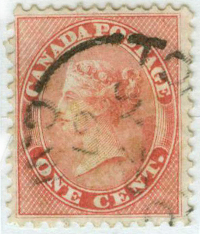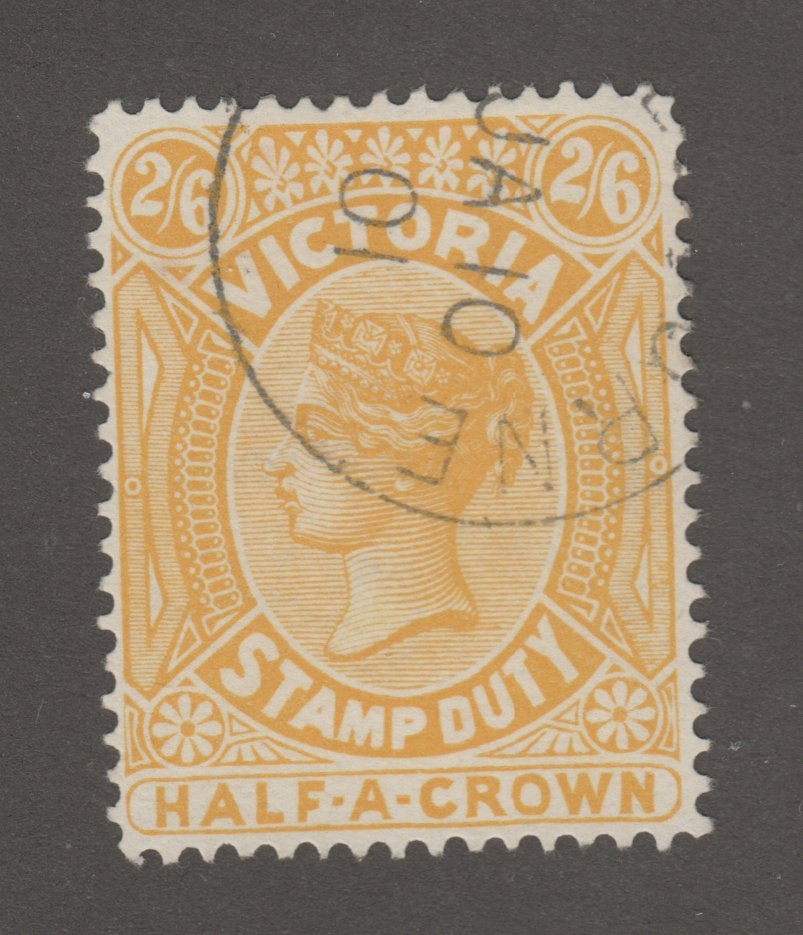- Introduction
- Mint Never Hinged (MNH)
- Mint Hinged (MH)
- Mint - Disturbed Gum (MDG)
- Mint - No Gum (MNG)
- Used (U)
- Used - Cancelled to Order (CTO)
- Used- Precancel (PCL)
- Other Resources
Welcome to the stamp descriptive terms FAQ! We've added this page to help SOR members and visitors sort through some of the mysteries of the many terms and abbreviations we tend to use to describe stamps as we post messages on the discussion board and as we post items in our Stamporama auction. What follows below is a list of terms that are commonly used to identify a stamp's "condition" (mint, used, etc.) as opposed to its "condition" (VF, F, VG, etc.). Confusing, isn't it? That's what we thought too...
It is our hope that SOR auction sellers and buyers will use this page as a common reference as we list and bid on the many different stamps and covers that are on our auction page on a daily basis. Having a common language as we list and bid on lots will go a long way towards improving our auctions and avoiding potential disappointments and disputes between buyers and sellers. As you'll see from the definitions below, there are many common terms for the same type of stamp. We hope, with everyone's participation, that this list will help to shed some light on the many stamp terms that we see from day to day and give us a common language to use on this and other sites. As always though, if a bidder has any questions at all, just link on the seller's name on the lot page to ask that question. Asking a question in advance saves more questions later.
We invite comments and ideas to help improve our list. The work done here represents the results of a discussion on the SOR Discussion Board over which terms are the correct ones to use when describing stamps. Out of that, Randy, Ralph, Ken, Dan, David, Tim (our intrepid weblord) and I sat down to actually read the front sections of our old catalogues (the boring part without any stamp listings in it) and consulted other stamp sites to see if we could come up with a usable and easy to access list for Stamporama visitors. This is the result. We hope that you will enjoy our collective efforts.
Top
Mint Never Hinged (MNH)
Also known as -
- Post office fresh
- Mint (for modern issues)
- **
- Never hinged
- Unused (a term used in different ways by different people, which can mean any type of Mint stamp or MNH. It is best to check with the other party for a specific definition when a stamp is described in this way.)
Top
Mint Hinged (MH)
Also known as -
- Unused (see above)
- *
- Light Hinge/Lightly Hinged (MLH)
- Heavy Hinge/Heavily Hinged (MHH)
- Hinge Remnant (MHR)
Top
Mint - Disturbed Gum (MDG)
Also known as -
- Disturbed original gum
- Damaged gum
- Unused (see above)
Top
Mint - No Gum (MNG)
Also known as -
- Ungummed
- Unused (see above)
Top
Used (U)
Also known as -
- Postally used
- ¤
- Cancelled
Top
Used - Cancelled to Order (CTO)
CTOs are mint stamps cancelled by postal authorities or authorized agents and have never seen postal duty. Most CTOs have gum on the back, but some are sold mounted on paper or with special cancellations on envelopes or paper. Notable CTO countries are the former Eastern Bloc countries and Middle Eastern states. German inflation issues are a common example of early CTOs. CTOs are usually not considered desirable by collectors, but, with some issues of stamps, postally used examples are very hard to obtain; and some catalogues like Scott's will list values for CTOs and place a premium on postally used copies.
Top
Used- Precancel (PCL)
There are several types of precancels. They include those with some type of cancel (often city/state or numeral representative of a city) applied by the post office before sale; as well as “service-inscribed” stamps, with the intended service (pre-sorted first class and non-profit being two examples) either part of the stamp or applied after printing but before sale.
Top
Other Resources
Here are some sites which have more information about stamp collecting terms and stamp collecting in general:
AskPhil from the Collectors Club of Chicago
Plate Number Coil Collectors Club
Final Word
Most stamp catalogues will only list a few of the above terms with their stamps. The Scott Standard Postage Stamp Catalogue lists MNH, MH and Used for early issues and only MNH and Used for modern issues. Michel (a German catalogue) lists MNH, MH, M-NG, M-DG and Used for earlier issues and only MNH and Used in modern issues. Ceres (a French catalogue) lists MNH, M-NG and Used for older issues and MNH and Used for modern issues.
Top


